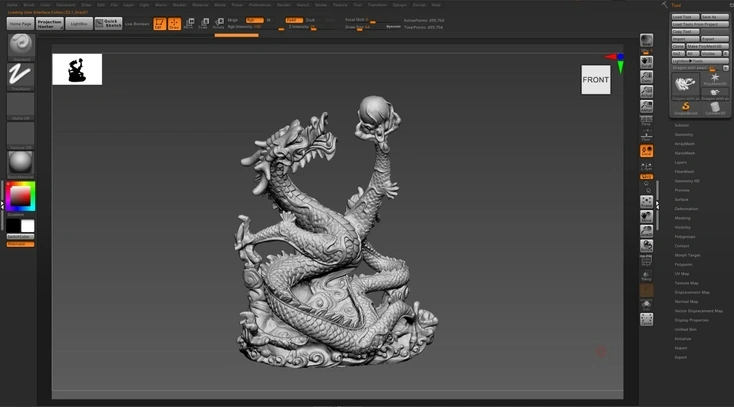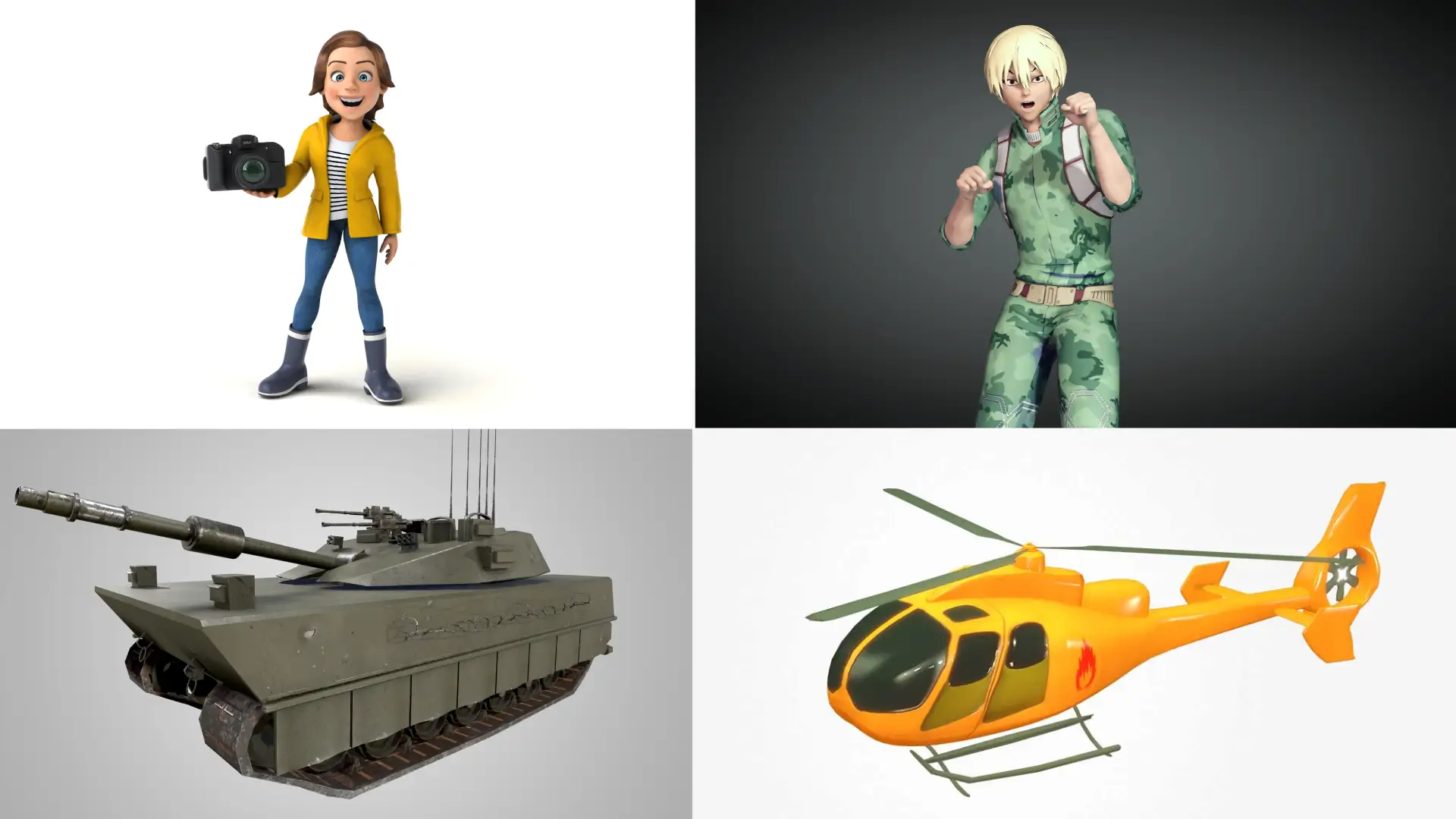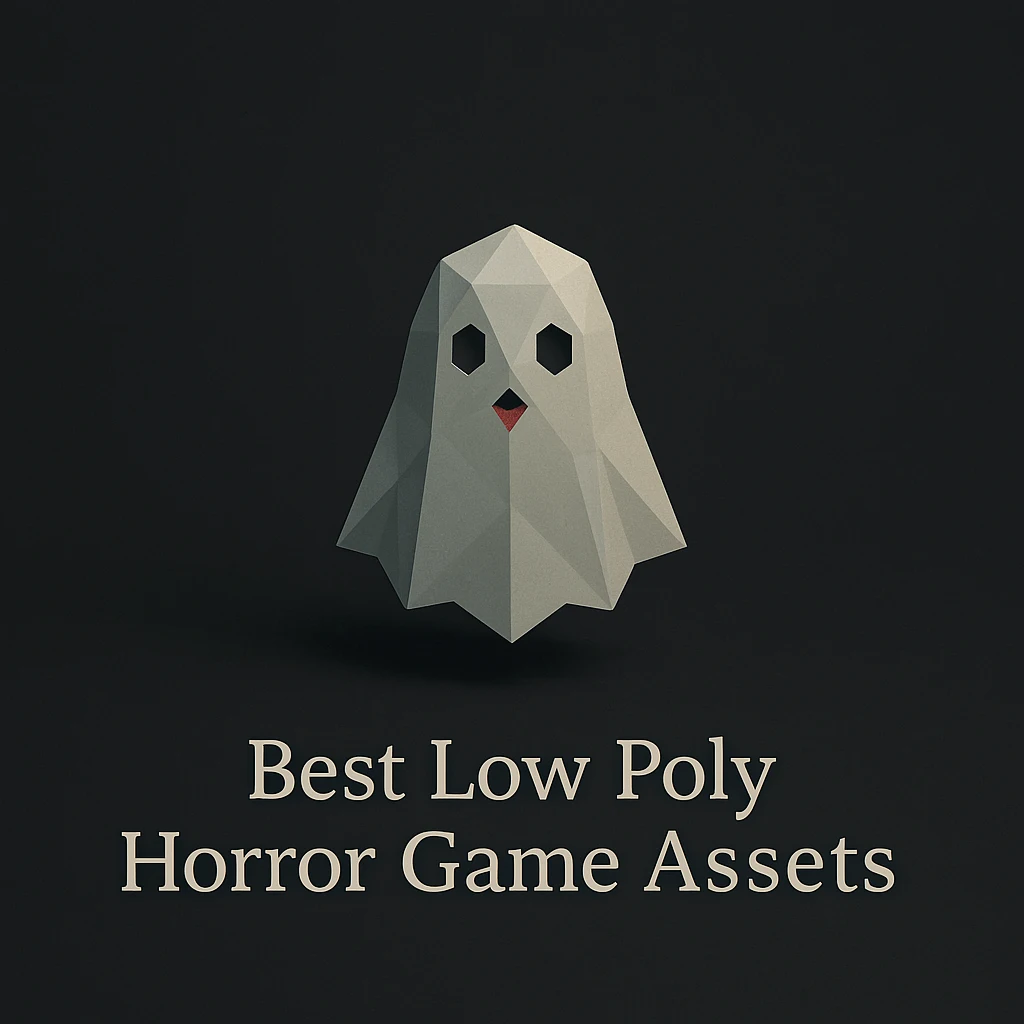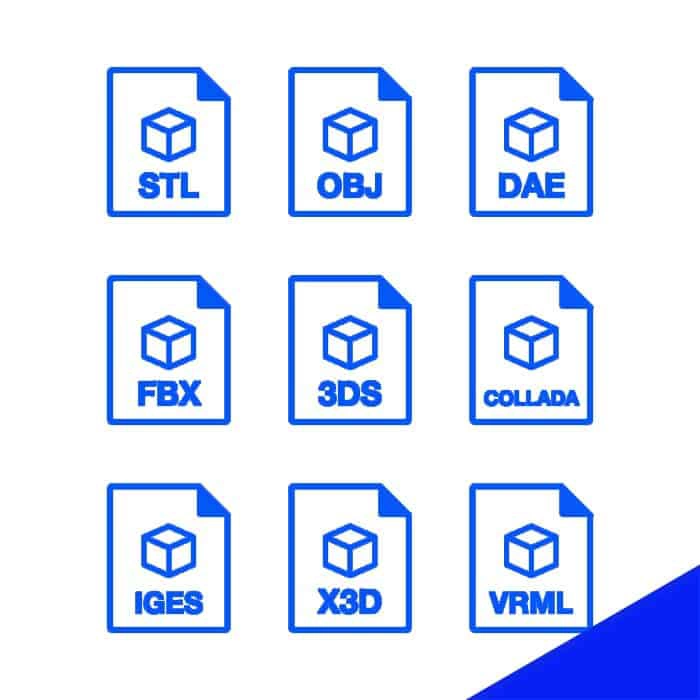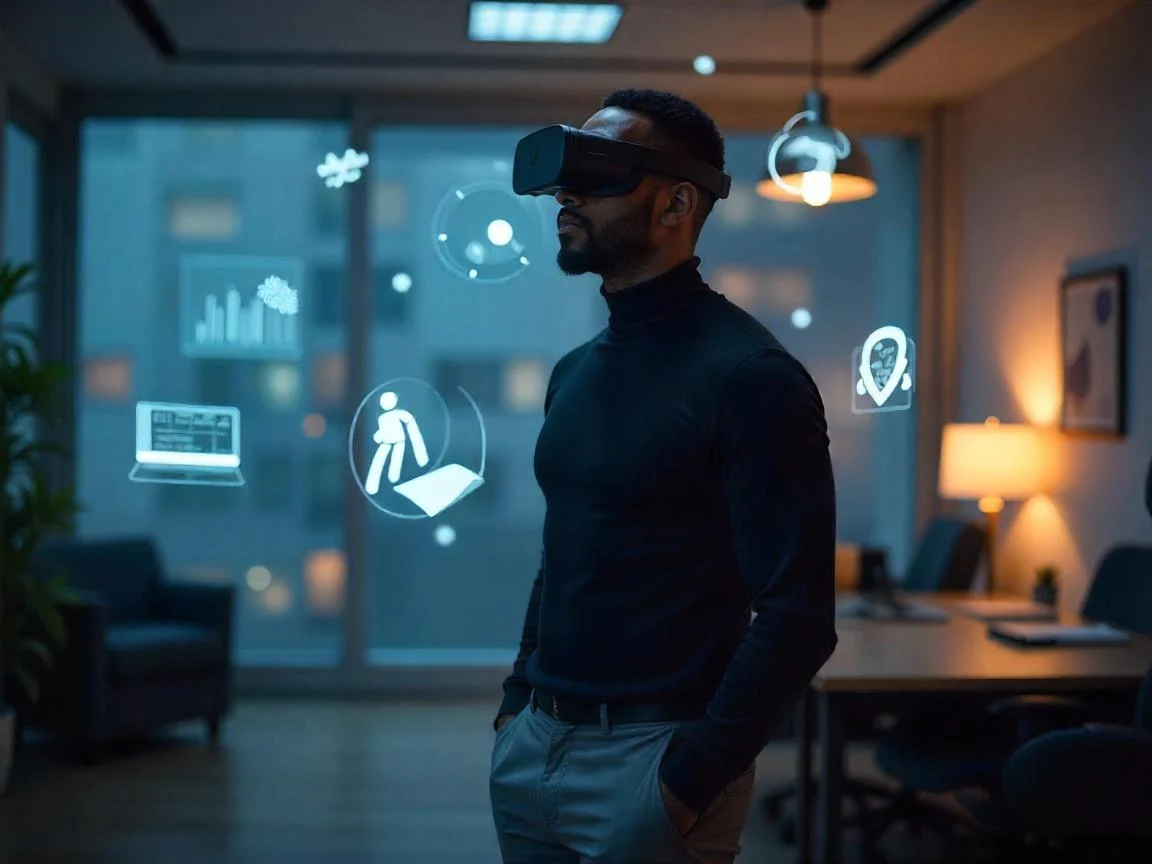Building a 3D NFT Marketplace Inside Your Game Engine
by Animatics Asset Store in Blog on February 6, 2025The gaming industry is undergoing a revolutionary transformation with the integration of 3D NFT marketplace inside games. These platforms allow players to own, trade, and monetize unique in-game assets, creating a thriving digital economy. By 2025, the global NFT gaming market is projected to reach $3.6 billion, driven by the growing demand for play-to-earn models and blockchain-based gaming experiences.
If you’re a game developer looking to capitalize on this trend, building a 3D NFT marketplace inside your game engine is a game-changer. This guide will walk you through the process step-by-step, ensuring you create a seamless and engaging experience for your players.
Why Build a 3D NFT Marketplace?
A 3D NFT marketplace isn’t just a feature, it’s a gateway to a new revenue stream and enhanced player engagement. Here’s why it matters:
- Player Ownership: NFTs give players true ownership of in-game assets, which they can trade or sell outside the game.
- Monetization Opportunities: Developers earn through transaction fees, NFT sales, and marketplace commissions.
- Immersive Experience: A 3D marketplace adds a layer of interactivity, making trading more engaging and visually appealing.
- Community Building: Players become stakeholders, fostering loyalty and long-term engagement6.
Step 1: Define Your Concept and Goals
Before diving into development, outline your vision for the 3D NFT marketplace. Ask yourself:
- What types of assets will be traded? (e.g., skins, weapons, characters)
- Who is your target audience? (e.g., casual gamers, collectors)
- What blockchain will you use? (e.g., Ethereum, Polygon, Solana)
- How will the marketplace integrate with your game’s economy?
For example, Axie Infinity’s marketplace allows players to trade Axies (NFT characters) and earn cryptocurrency, creating a sustainable play-to-earn model.
Step 2: Choose the Right Blockchain and Token Standard
The blockchain you choose will impact scalability, transaction costs, and user experience. Here’s a quick comparison:
| Blockchain | Pros | Cons |
|---|---|---|
| Ethereum | Widely adopted, robust ecosystem | High gas fees, slower transactions |
| Polygon | Low fees, fast transactions | Less decentralized than Ethereum |
| Solana | High throughput, low fees | Less established ecosystem |
| Immutable X | Zero gas fees, optimized for gaming | Limited to Ethereum-based NFTs |
Once you’ve chosen a blockchain, select a token standard:
- ERC-721: Ideal for unique assets like characters or rare items.
- ERC-1155: Supports both unique and fungible tokens, perfect for games with multiple asset types.
Step 3: Design the 3D Marketplace Interface
A 3D NFT marketplace should be visually appealing and user-friendly. Here’s how to design it:
- 3D Environment: Create a space where players can browse assets. For example, a virtual gallery or trading hub.
- Asset Display: Use high-quality 3D models to showcase NFTs. Allow players to rotate, zoom, and inspect items.
- Search and Filters: Include filters for price, rarity, and asset type to help players find what they need.
- Wallet Integration: Enable transactions by integrating wallets like MetaMask or Trust Wallet.
Step 4: Develop Smart Contracts
Smart contracts are the backbone of your 3D NFT marketplace. They handle:
- NFT Minting: Create new NFTs when players earn or purchase assets.
- Ownership Transfers: Ensure secure and transparent transactions.
- Royalties: Automatically distribute earnings to creators and developers.
Use tools like Truffle or Hardhat to develop and test your smart contracts. For example, Axie Infinity uses smart contracts to manage breeding and trading of Axies.
Step 5: Integrate with Your Game Engine
Most game engines support blockchain integration through SDKs and plugins. Here’s how to do it:
- Unity: Use Enjin’s SDK or ChainSafe’s Gaming SDK for seamless blockchain integration.
- Unreal Engine: Leverage plugins like Forte or Mintable to add NFT functionality.
- Custom Solutions: If your game engine doesn’t support blockchain natively, consider building a custom API to bridge the gap.
For example, Immutable X provides tools to integrate NFT marketplaces into Unreal Engine projects.
Step 6: Build the Marketplace Backend
The backend ensures smooth operation of your 3D NFT marketplace. Key components include:
- Database: Store NFT metadata, transaction history, and user data. Use decentralized storage like IPFS for added security.
- APIs: Connect your game engine to the blockchain and marketplace.
- Security: Implement measures like two-factor authentication and smart contract audits to protect user assets.
Step 7: Test and Launch
Before launching, conduct thorough testing:
- Alpha Testing: Test core functionalities with a small group of users.
- Beta Testing: Expand testing to a larger audience to gather feedback.
- Smart Contract Audits: Ensure your contracts are secure and bug-free.
Once testing is complete, launch your marketplace with a phased rollout. Start with early access for loyal players, then expand to the public.
Step 8: Promote and Grow Your Marketplace
Marketing is crucial for the success of your 3D NFT marketplace. Here’s how to attract users:
- Social Media: Share updates, sneak peeks, and tutorials on platforms like Twitter and Discord.
- Influencers: Partner with gaming influencers to promote your marketplace.
- Airdrops: Offer free NFTs to early adopters to build buzz.
- Community Events: Host tournaments or trading events to engage players.
Challenges and Considerations
Building a 3D NFT marketplace isn’t without challenges:
- Scalability: Ensure your platform can handle high transaction volumes without lag.
- Regulations: Stay updated on legal requirements for NFTs and blockchain gaming.
- Player Education: Many players are new to NFTs. Provide tutorials and support to ease the learning curve.
The Future of 3D NFT Marketplaces
The integration of 3D NFT marketplaces into games is just the beginning. As blockchain technology evolves, we can expect:
- Cross-Game Compatibility: NFTs that work across multiple games and platforms.
- Enhanced Interactivity: Virtual reality (VR) and augmented reality (AR) marketplaces for immersive trading.
- AI-Driven Economies: AI algorithms to optimize pricing and trading strategies.
Conclusion
Building a 3D NFT marketplace inside your game engine is a powerful way to enhance player engagement and unlock new revenue streams. By following this step-by-step guide, you can create a seamless, secure, and visually stunning marketplace that stands out in the competitive gaming industry.
The future of gaming is decentralized, and with the right tools and strategies, you can be at the forefront of this exciting evolution. Start building your 3D NFT marketplace today and watch your game economy thrive!


